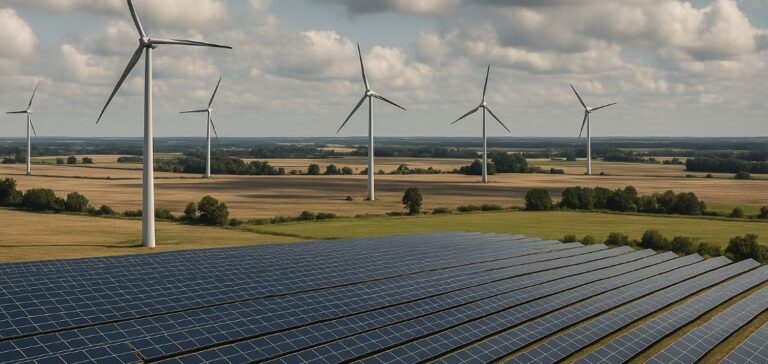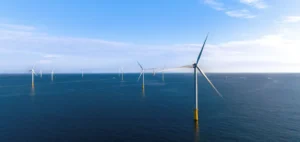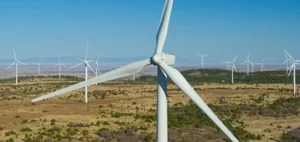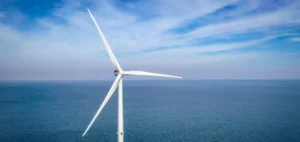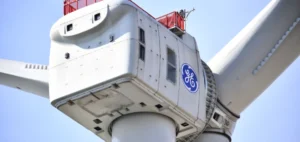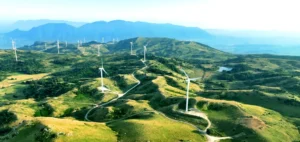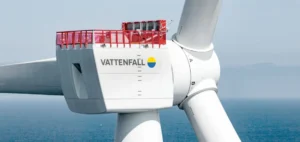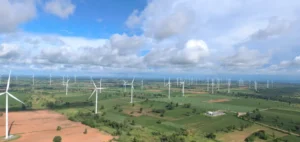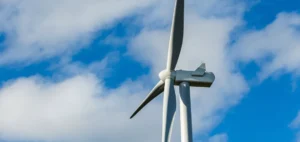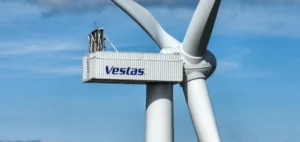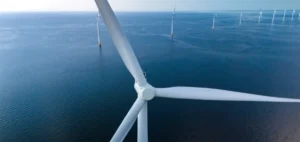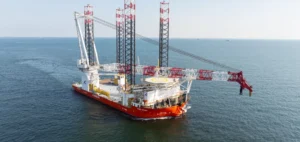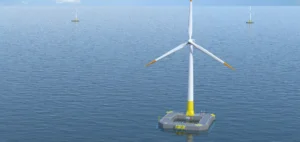German energy company PNE AG has received official authorisation to build and operate two onshore wind farms in Hesse, as well as a ground-mounted photovoltaic power plant in the town of Altlandsberg, located in the federal state of Brandenburg. Combined, these facilities will offer a nominal capacity of 184.8 megawatts (MW), supplying electricity annually to approximately 73,000 three-person households.
The Herzhausen wind farm, located in central Hesse, will consist of six turbines with an individual output of 5.5 MW, reaching a total capacity of 33 MW. Further north, the Welsche-Lied site is set to feature four turbines—three rated at 7.2 MW and one at 6.2 MW—bringing the wind farm’s combined capacity to 27.8 MW. These developments align with PNE AG’s strategy to grow its owned asset base while continuing to market selected projects.
A large-scale solar installation in Brandenburg
The Altlandsberg photovoltaic plant will be equipped with approximately 200,200 solar modules, delivering a nominal capacity of 124 MWp (megawatt-peak). This installation ranks among the most significant solar projects currently under development by the group and complements the company’s internal production expansion.
According to Heiko Wuttke, Chief Executive Officer of PNE AG, the permits represent “an important step in our continued growth.” The group aims to maintain a balance between project sales and the long-term expansion of its proprietary generation portfolio.
Development targets set through 2027
Under its medium-term strategy, PNE AG plans to reach 1.1 gigawatts (GW) of capacity either operational or under construction by 2027. Concurrently, the company is targeting a development pipeline of between 10 and 15 GW. This direction reflects a determined effort to strengthen its position in the European renewable energy market while diversifying its asset base.
Headquartered in Cuxhaven, the company continues to grow within a German regulatory framework supportive of renewable energy development. The issuance of these permits marks a significant step toward achieving the group’s clean generation goals for the coming years.


